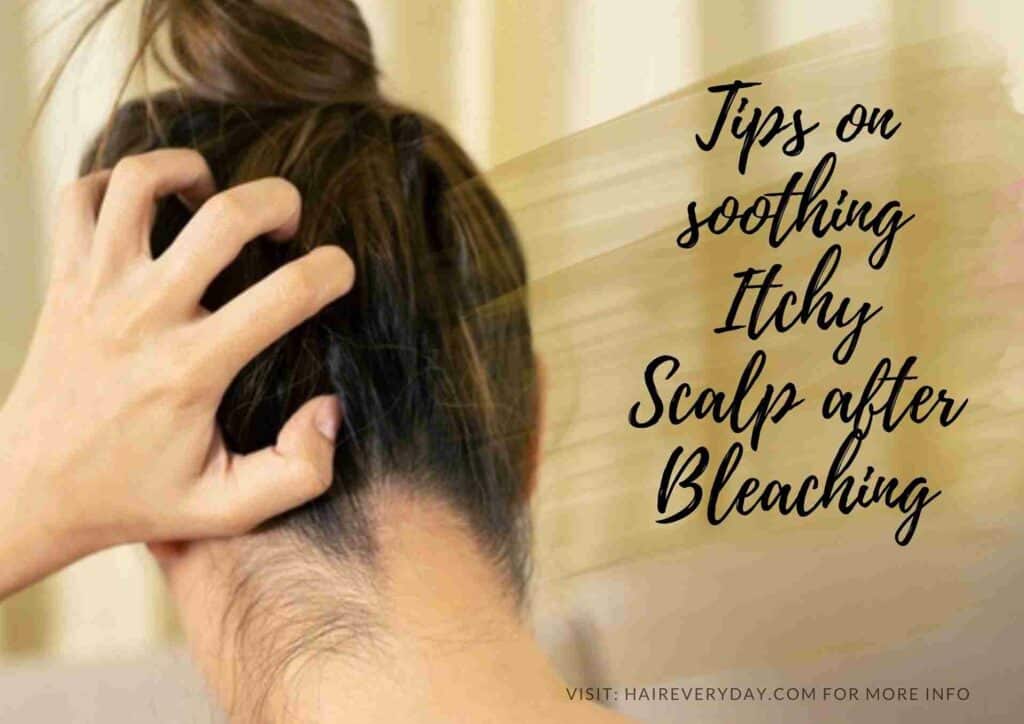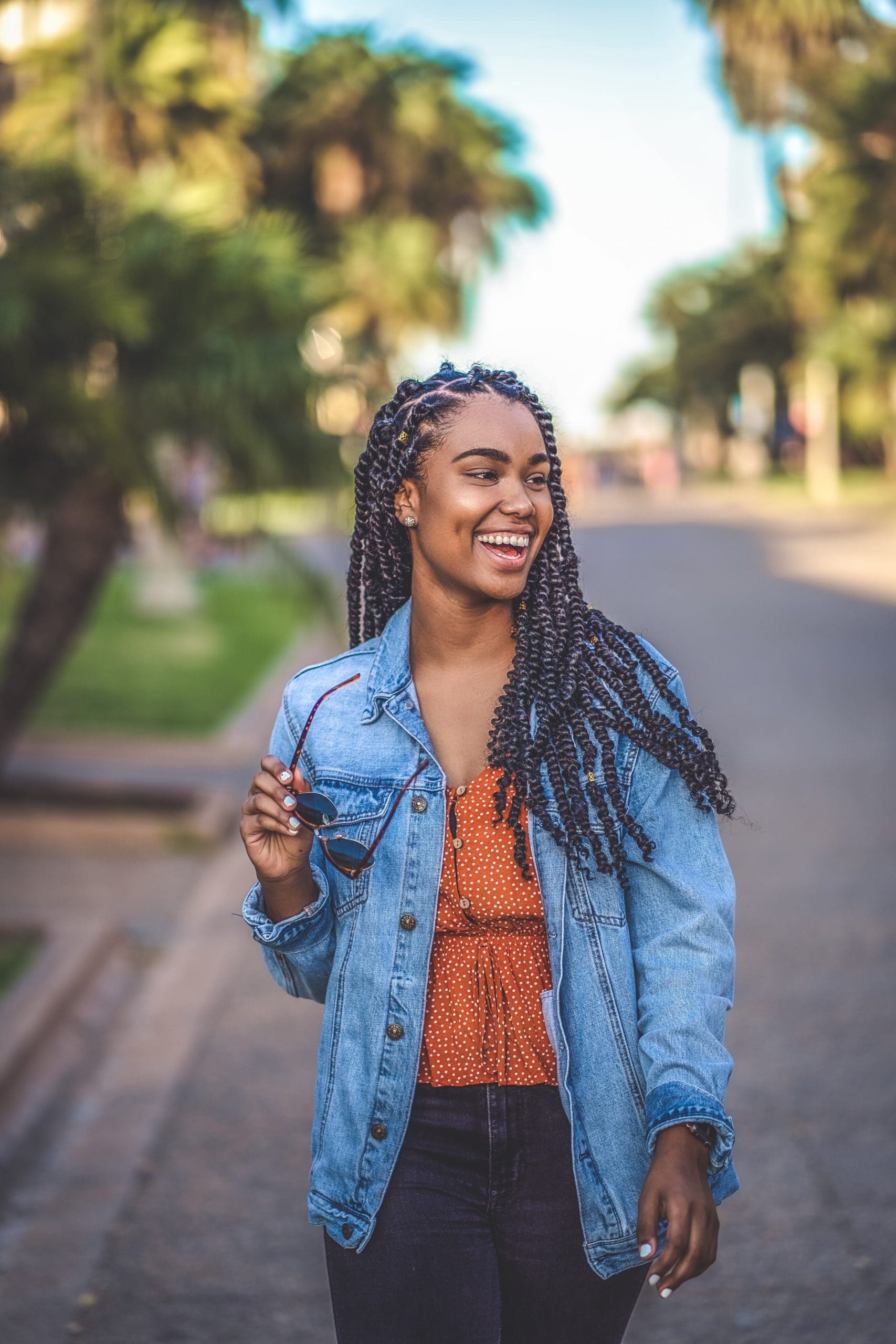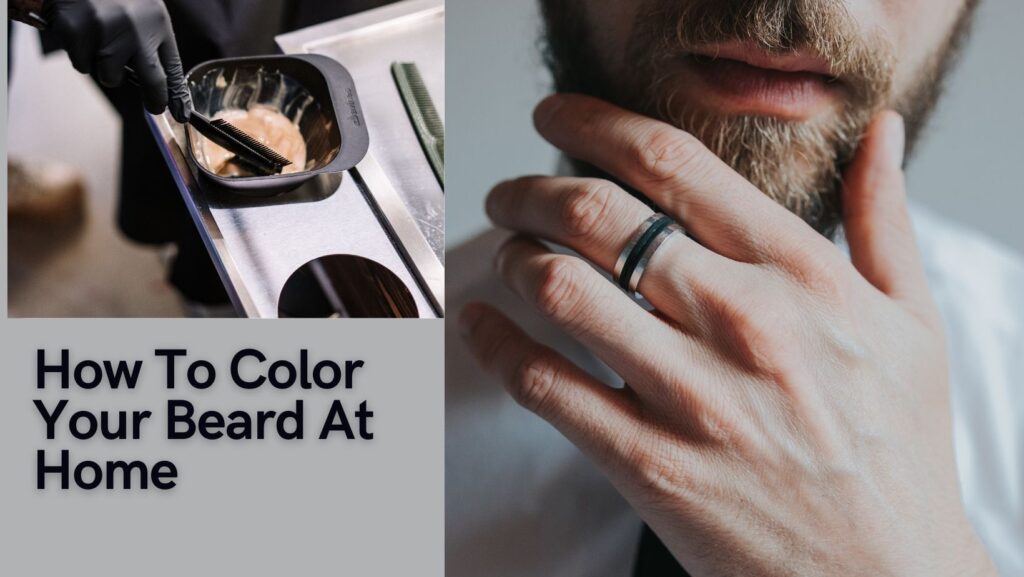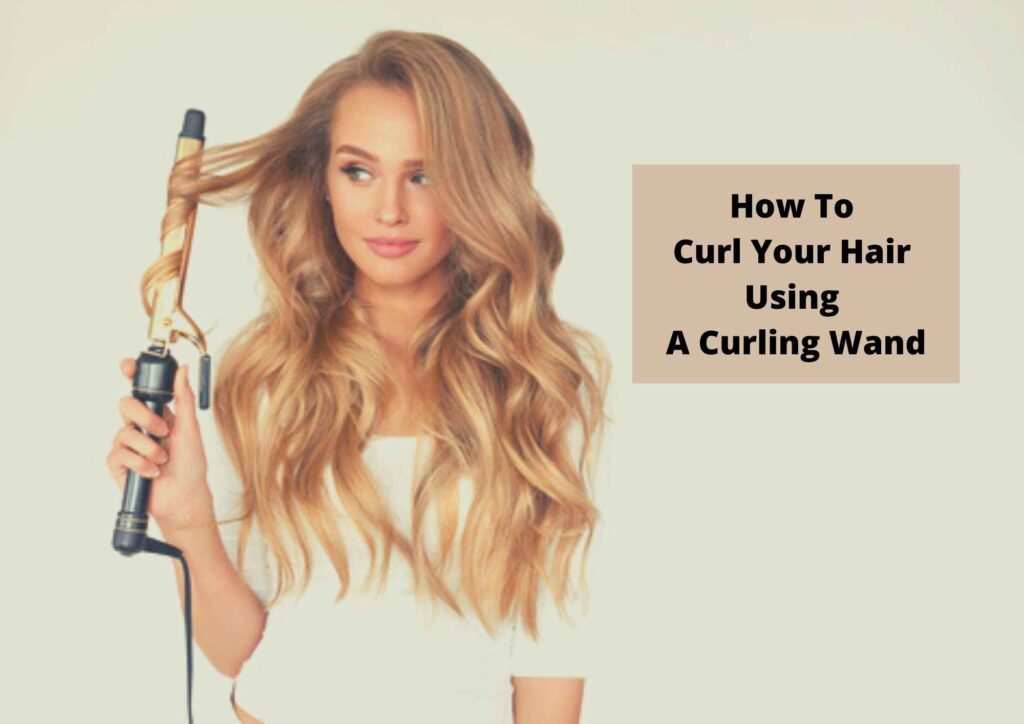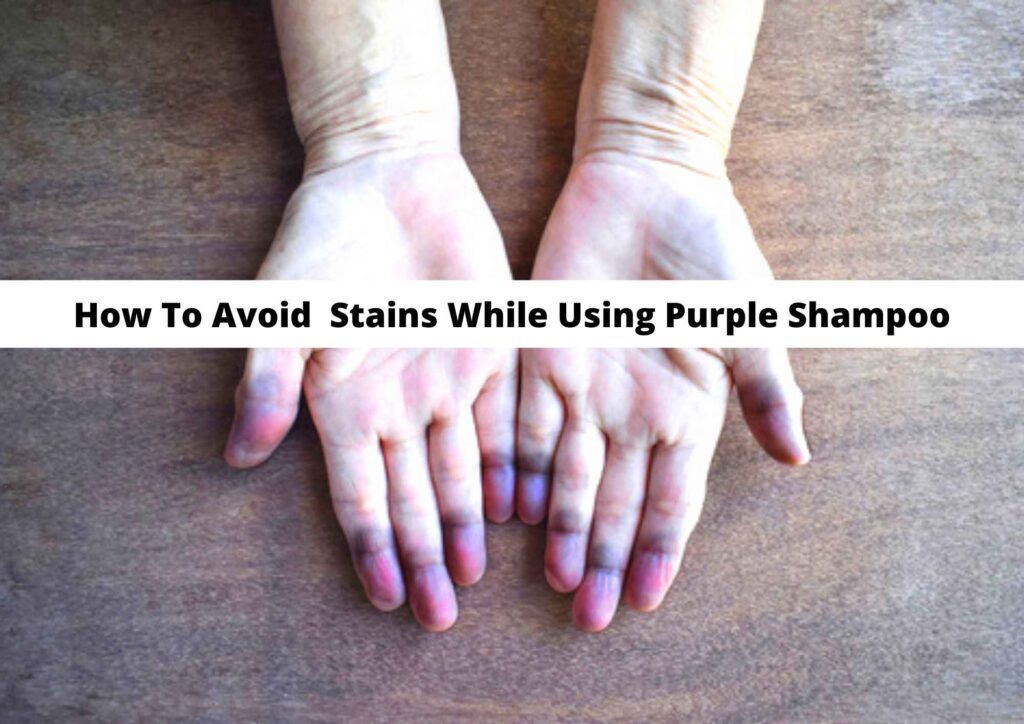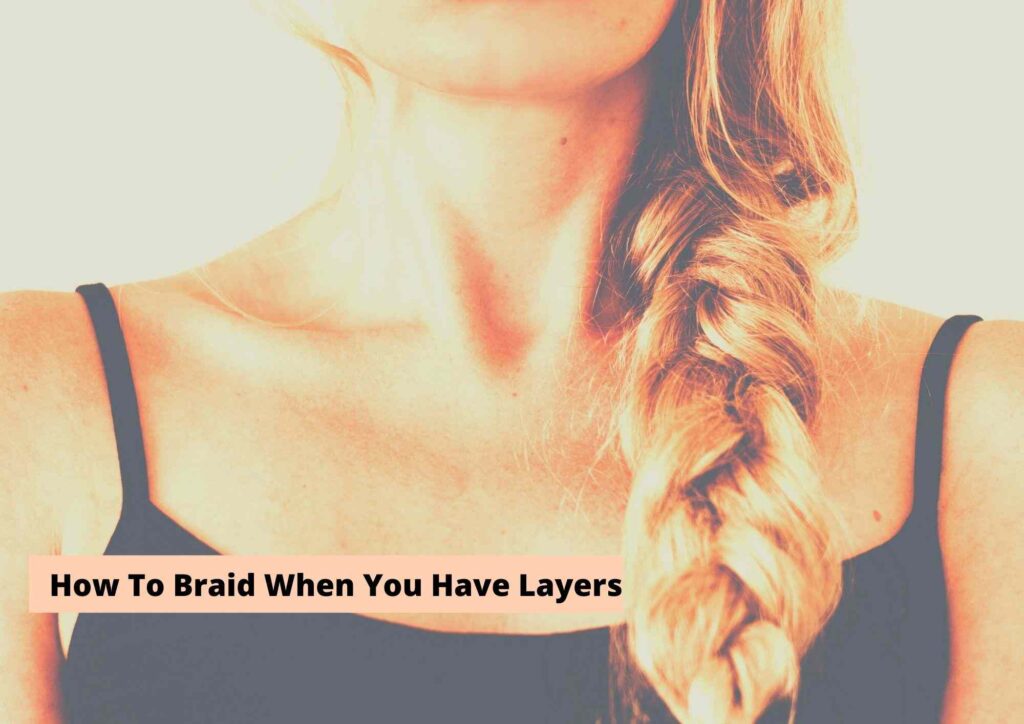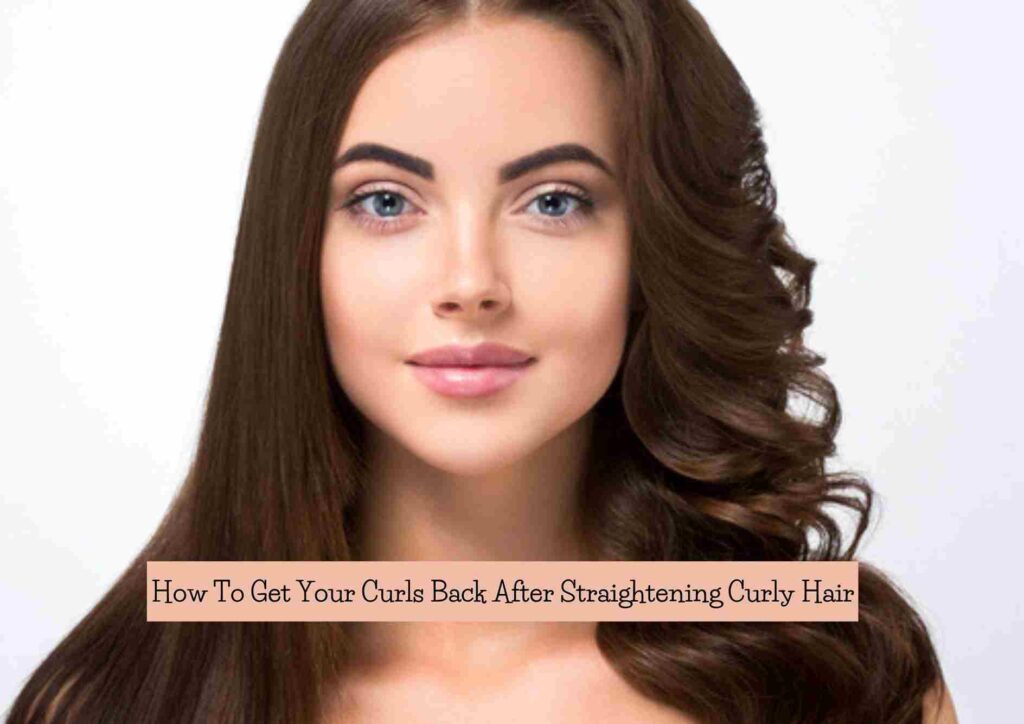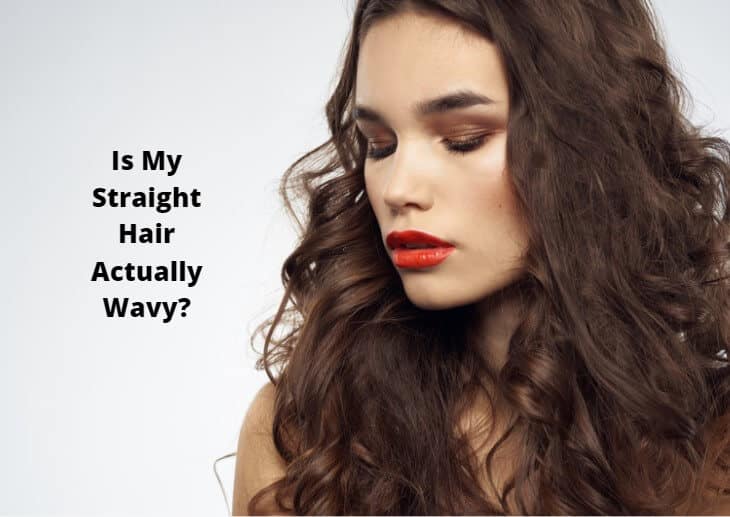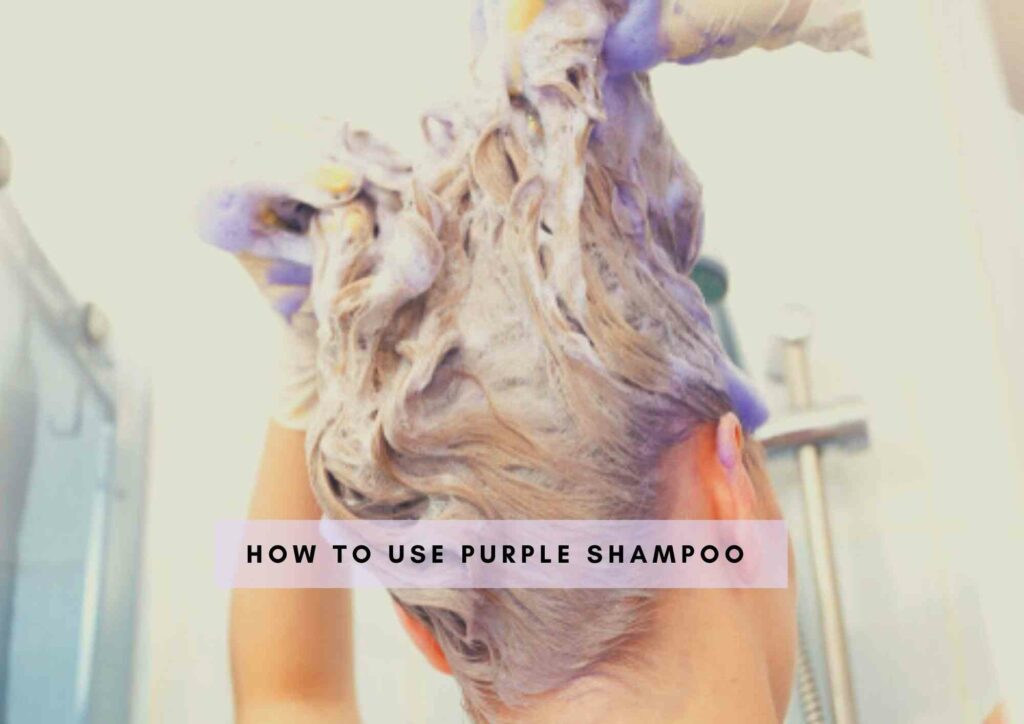In this article, I’ve given some tips on how to soothe scalp itchiness after bleaching. Check it out!
Hair dyeing has become a common practice in the present day because a lot of people seem to love trying out new hair colours and experiencing a new hair look.
In order to dye the hair a certain colour, bleach is often used before the dye and this is when the trouble begins for some people. They begin to experience scalp itchiness, due to scalp burns or contact dermatitis caused by the bleach.
While a lot of people know that bleach can damage the hair extensively, what they often don’t realize is that bleach can also damage the scalp.
What exactly is bleaching and why does it cause scalp burns? How can you tell if your scalp is burnt? What are the best ways to soothe an itchy scalp?
Well, this article will let you in on all the required information!
Related: How To Treat Scabs On Scalp From Bleach
Related: How To Reduce Hair Loss After Bleaching
What does bleaching mean?
The process of hair bleaching is chemical in nature because it has to strip the hair off its natural hair colour or pigment (hair colour is determined by the quantity of the pigment melanin we have in our hair) in order to lighten it.
It is chemical in nature because of the chemicals the bleach contains – mostly ammonia and peroxide. An oxidation process takes place in the hair, causing its irreversible chemical reaction.
There are some of us who have lesser melanin in our hair and tend to have lighter hair shades like blonde, silvery, platinum or light brown, while some of us have an abundance of melanin in the hair making the hair dark coloured like black or dark brown.
So when a person has a darker hair shade, the bleach will have to be left on the hair for a longer time, as compared to those with lighter hair colour.
What are scalp burns?
Scalp burns are those that occur due to the harsh caustic chemicals in the bleach (ammonia, peroxide etc) used on the hair and scalp.
There are times when the scalp burn can be a chemical burn which is just superficial, while some scalp burns can be harsh and deep into the skin and require medical attention.
Ways To Soothe Scalp Itchiness After Bleaching
It is important to note that these methods can be used only for those who have mild or superficial scalp burns, irritation or allergies.
Always begin with immediate first-aid. Remember not to panic! There may be extreme pain or stinging on the scalp, but it is important not to rub or touch the area.
Flush the affected area under cold running water for 8 to 10 minutes.
If you decide to clean the area using clean water, make sure to use a pair of gloves as using your bare hands can cause an infection.
Then you can use any of these methods to soothe the scalp.
1. Keep the scalp moisturized
There are times when the bleach dries out the scalp in turn causing the irritation and redness.
Therefore, using a good emollient or moisturizer can not only help soothe the scalp, but will also help reduce the dryness.
Generously apply it all over the affected area and leave it on for 5 to 6 minutes and then gently rinse it off with plain cold water. Make sure to be gentle and not rub the area during application.

2. Use a cold compress on the scalp
A lot of people experience pain, itchiness, swelling and redness due to the scalp burn or allergic reaction.
One of the best methods to provide relief from the pain is by gently dabbing a cold compress over the affected area.
It will help numb the area temporarily, because of the cold, while also relieving the pain and soothing the area.
Remember not to use too much pressure and be very gentle while using the cold compress, as any pressure can aggravate it.
If you do not have a readymade cold compress at hand, you can simply make one of your own by filling in a ziplock bag with ice-cubes, wrap it in a damp or wet washcloth and it is ready to use.
You can also use a frozen item, wrapped in a damp or wet washcloth in emergencies.
3. Wash your hair with cool water and a mild shampoo
Once you’ve taken immediate action, you will need to get rid of the excess hair bleach, which can otherwise continue to cause an irritation.
Therefore, you can use a mild shampoo (free of chemicals and preferably natural) and gently massage it into your head, so that it spreads evenly and lathers well. Lastly, rinse off under cold running water.
4. Use over-the counter options
There are times when the burn may be superficial but can still cause a lot of pain. There can also be pain and inflammation due to the itching.
If you are in a lot of pain then you can buy an over-the-counter (OTC) painkiller for temporary relief.
If you do not wish to take a painkiller, then you can use an over-the-counter ointment to gently apply over the affected area. But using a prescription ointment is always advisable.
For those of you who are experiencing severe itching, taking an antihistamine to provide relief from the itchiness is recommended.
There are many over-the-counter oral antihistamines that can give you temporary relief.
Before using any over-the-counter options, make sure to talk to your local pharmacist to get the right dosage and usage instructions.
How to avoid bleach-related skin reactions?
1. Do not use the product again
Well, this one’s pretty obvious! The very fact it reacted on your skin, it means that one of the ingredients in the product did not suit your skin or it was too harsh for your skin causing it to get burnt.
Therefore, choose a different product for the following use or maybe use a product that doesn’t contain the ingredient you are allergic to like ammonia-free bleach , paraphenylenediamine (PDD)-free bleach etc.
2. Follow the instructions
In some cases, the chemical burn could have been because of improper usage while mixing and applying the bleach.
There could also be overuse or cases where the product has been left on over time on the scalp causing the scalp burn or itching. So make sure to read the instructions properly before starting the bleaching process.
3. Patch test before complete application
This one’s always recommended. Each application and reaction can be different each time. So doing a patch test on a small portion of your scalp and hair, and waiting for a few minutes to check for reactions, before complete application is always advisable.
Differences: Is it Bleach Irritation or Contact Dermatitis
Many people often confuse contact dermatitis with irritant dermatitis. But they are two different types.
Since bleach contains chemicals, there are times when our skin can have a reaction to the foreign substance that has come in contact with it.
Contact dermatitis is when there is an allergic reaction on the skin. It is one that occurs when a person develops an allergy caused by any of the ingredients in the bleach.
This is because some people are sensitive to certain substances and when the skin comes in contact with it, an immune system reaction is triggered.
Irritant dermatitis is non-allergic in nature and it is caused when the irritant or bleach damages the epidermis of the skin (outermost layer) and this can occur after a single exposure or even multiple exposures to the irritant.
Scalp burns can also result in irritant dermatitis, as it can burn/damage the outermost layer of the skin.
Signs that tell you your scalp is bleach burnt
Here are some of the common signs and symptoms that people experience when their scalp is burnt or have contact or irritant dermatitis.
- Redness of the skin.
- Scab or blister formation.
- Swelling and inflammation.
- Extreme burning or stinging sensation.
- Pain and itchiness.
- Flakiness on the scalp.
- Deep burn requiring plastic surgery or skin grafting.
Frequently Asked Questions (FAQs) about soothing itchy scalp after bleaching
1. Can a person experience both irritant and contact dermatitis at the same time?
A person can experience any one type or both types of dermatitis at the same time, as a result of bleaching. This is quite a common issue that many people face.
2. Who is more likely to experience scalp burns and irritation after bleaching?
Well, in fact anyone can experience a scalp burn or skin irritation after using bleach and it can happen even after multiple problem-free usages of bleach too.
But those who have tender or sensitive skin, those prone to allergies and those who have known allergic reactions to certain ingredients used in the bleach (even if they are of a very small quantity), have a more likelihood of experiencing scalp burns and irritation and using bleach on the hair and scalp.
The final takeaway
Well, I hope this article was able to give you clarity on what bleaching is and how it can damage your skin and cause you scalp burns, irritation and allergic reactions.
Always make sure to check the ingredients used in the bleach especially if you have sensitive skin or are prone to allergies.
Also, follow the instructions given on the product, as every product may have a different set of instructions in terms of application and usage.
In case you are experiencing any severe chemical reactions – scalp burn, irritation or any allergy, discontinue the usage of that product right away and make sure to contact a medical professional immediately and seek the right course of treatment.
Also Read:
Can You Use Olive Oil Before Bleaching Hair
What To Do When Bleached Hair Turns Green
What Ratio Of Bleach To Developer Do I Use
To Summarize

